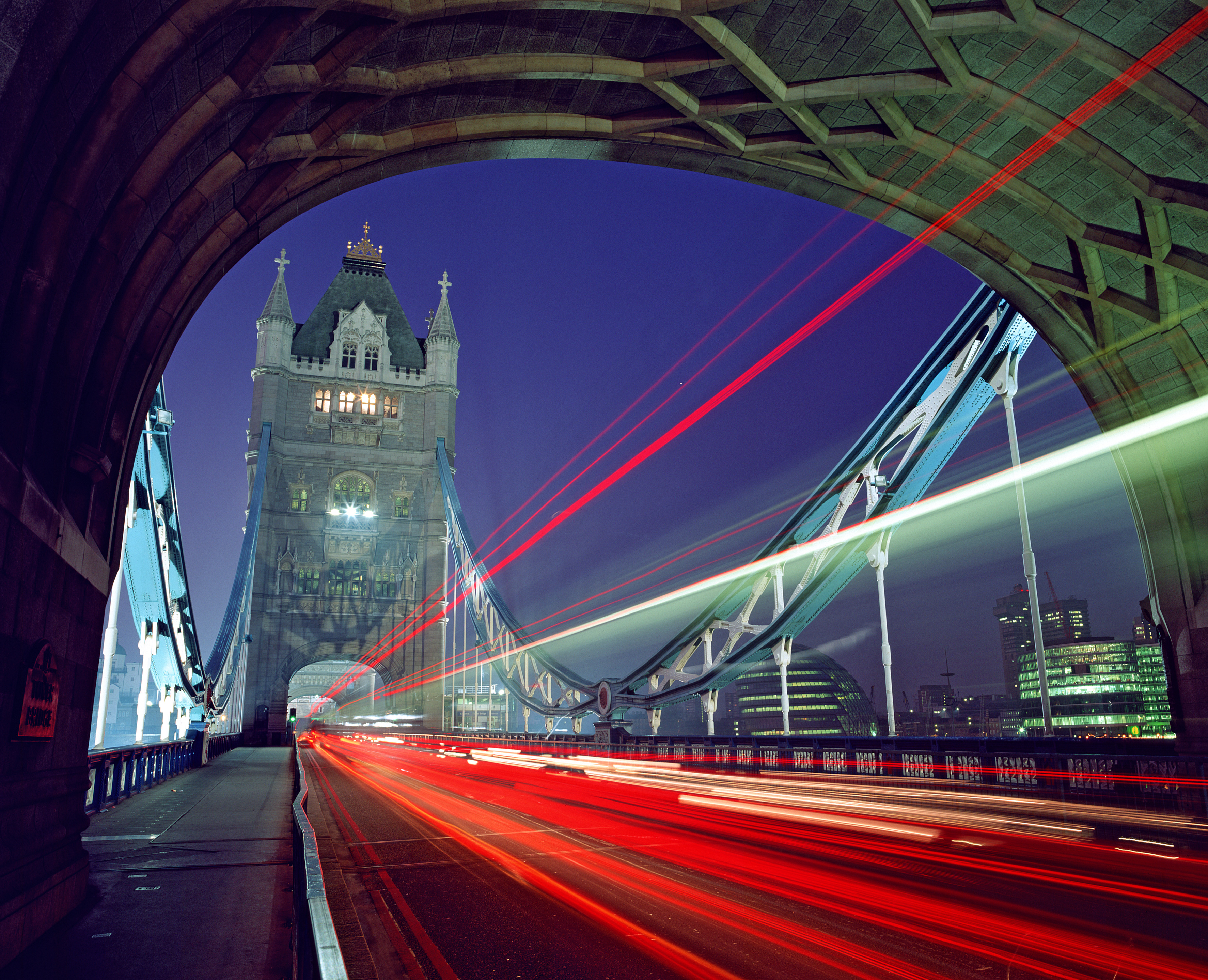
The first bridge to be built was the London Bridge and soon many followed, all completed to the west of this bridge as not to disturb the port area.ĭuring the nineteenth century London developed immensely on the east side of London Bridge and a new bridge was necessary. Get great offers, news and cultural inspiration sent direct to your inbox.Several bridges were constructed to connect the two sides of the Thames as London expanded. None of the pilots had permission to do so Four planes have flown between the towers of the bridge – a biplane in 1912 a Puss Moth monoplane in 1931 a single-engined Auster light aircraft in 1951 and a Hawker Hunter jet in 1968.The bridge’s foundations extend 55 feet below the Thames riverbed.
#Tower bridge install
The glass floored walkway is 80mm thick it can carry the weight of 6 elephants and each of the two glass floors cost £1m to install.Realising that the bridge was opening, a double-decker London bus actually jumped the central gap of the bridge on 30 December, 1952.The construction required anywhere from 76 to 848 men to be working on the bridge in a given day and over the course of 8 years of building work, 10 men died.The building of the bridge required 30,000 tons of stone.


In the main hall of the South Tower there are seven workers hidden in the rafters – see if you can spot them all.The bridge opening - this now takes places 20 to 30 times a week and staff will be happy to tell you when the next opening will be or you can check the exhibition’s webpage for timings.The views of the city to the west - taking in the Walkie Talkie and the Gherkin on one side of the river and City Hall and The Shard on the other.The glass floors in the high-level walkways - which offer views of the traffic running on the bridge 110 feet below.The exhibition also offers a range of additional facilities including guide books and a highly-rated virtual reality tour, as well as a well-stocked gift shop in case you needed to get ahold of presents for anyone at home – or mementoes for yourself.įree and Fast Track Entry to The Tower Bridge Exhibition - Save £9.80pp with The London Pass If you do want to catch it though, make sure that you’re prompt – the bridge takes 60 to 90 seconds to open and the whole process of opening and closing only takes 7 minutes. You can check the bridge’s opening times on the exhibitions webpage. Using modern technology, the system could then be run by 12 people rather than a staff of 80.Īt present, the bridge opens several times a day, so be sure to catch it, either from the banks of the river or, if you time it right, from directly above, from the bridge’s high-level walkways. It wasn’t until the 1970s that the steam engines were replaced by electric equipment. This process used immense amounts of steam power to lift the bascules, allowing river traffic to pass underneath – each week, the bridge’s machinery would consume 20 tons of coal. Once guests have seen London from above, they are then invited to head downstairs to the engine rooms, to see how the original Victorian bridge worked.

Meanwhile, looking eastwards, you can see Canary Wharf sitting in the distance in London’s Docklands.

Sitting in the centre of town, the bridge’s towers look immediately over City Hall, with westward views also catching The Shard and the Gherkin, and, farther away, St Paul's Cathedral. Visitors can then progress to the bridge’s high-level walkways, which are home to one of the exhibition’s top attractions: the views that it affords of London. On reaching the top of the tower via a lift, visitors are presented with century-old footage of the bridge opening, dating back to 1904, along with images of Victorian London at the time of the bridge’s construction. The entrance to the exhibition is in the bridge’s northwest tower. Operating like a drawbridge (bascule means ‘see-saw’ in French), in the 1890s the crossing would be opened 20 to 30 times a day, allowing tall ships to pass beneath to carry cargo to London’s docks. Not to be confused with the much plainer London Bridge, Tower Bridge was completed in 1894 and was known by Victorians as the ‘Wonder Bridge.’ Then costing £1,184,000 and taking eight years to build, it was the largest and most sophisticated bascule bridge ever built. As well as allowing you to visit a London icon, with impressive views of the city, the exhibition also gives you a glimpse of London’s past and a view of the stunning engineering of the Victorian age. Tower Bridge is one of London’s most iconic landmarks and is perhaps the most famous bridge in the world – so a visit to the Tower Bridge Exhibition is a perfect excursion for visitors to the city.


 0 kommentar(er)
0 kommentar(er)
